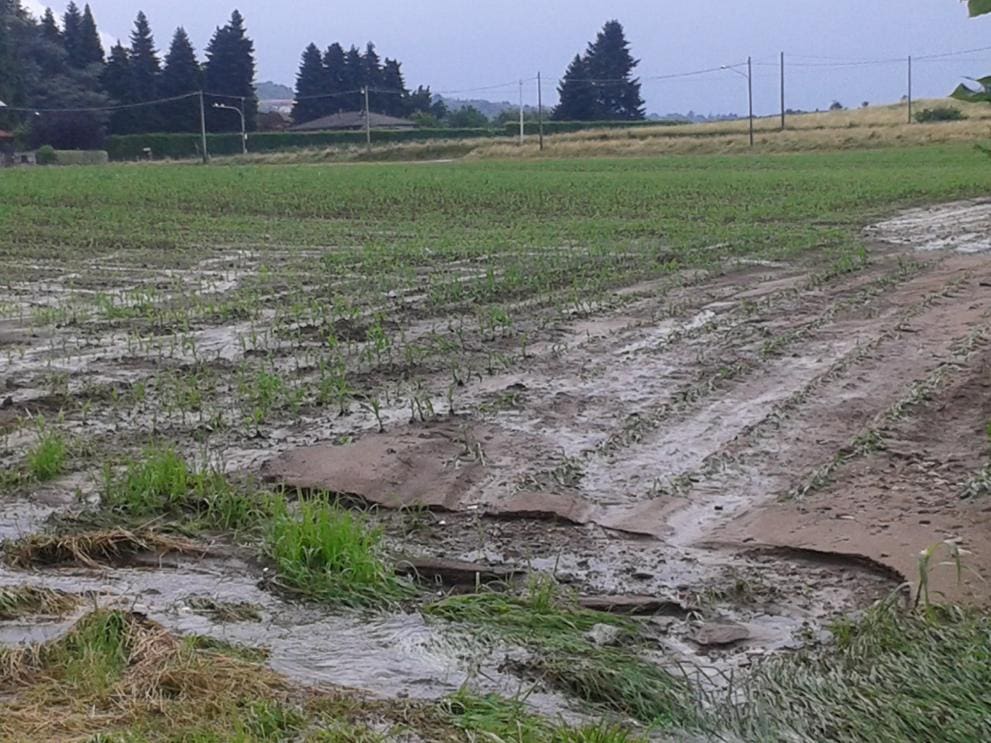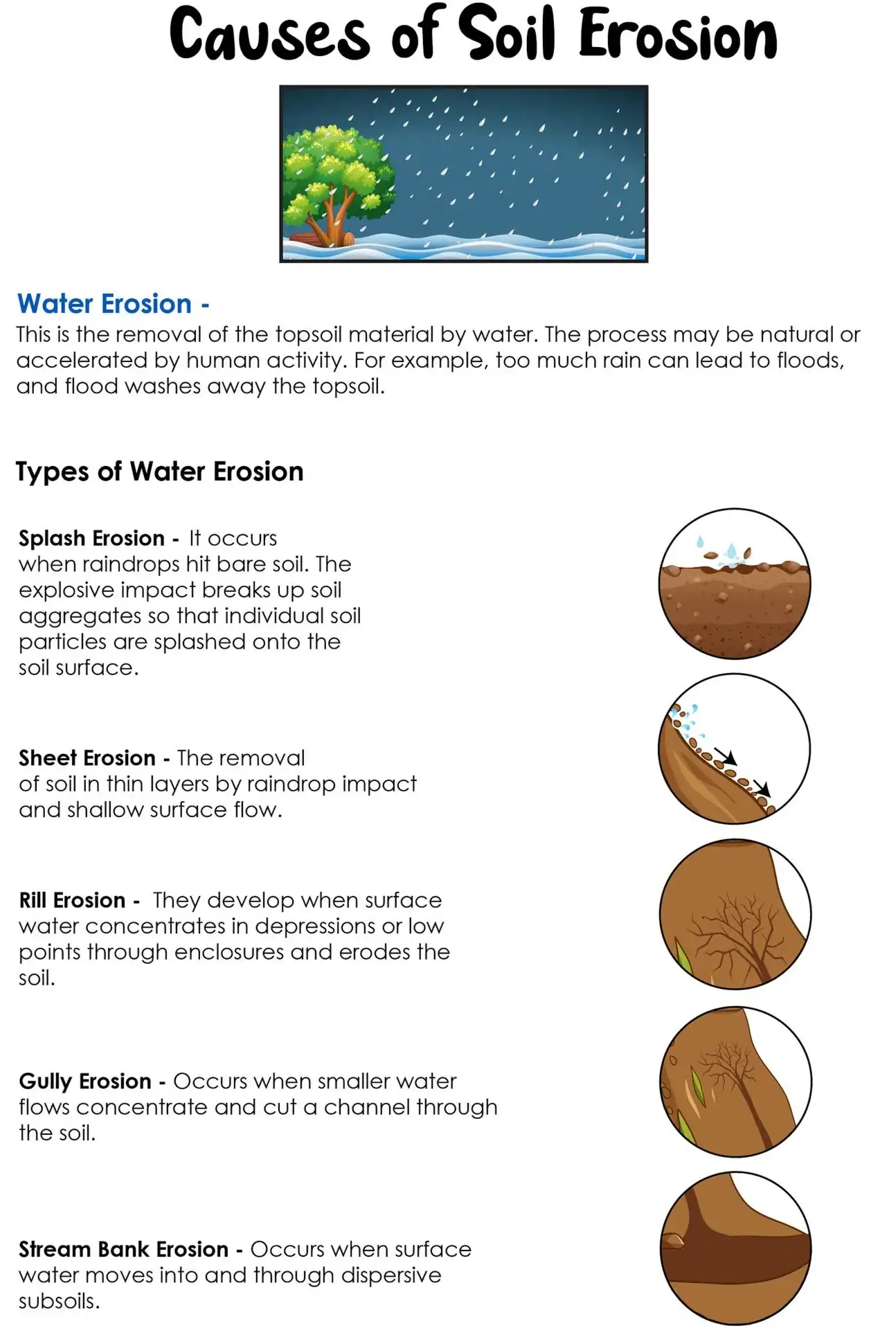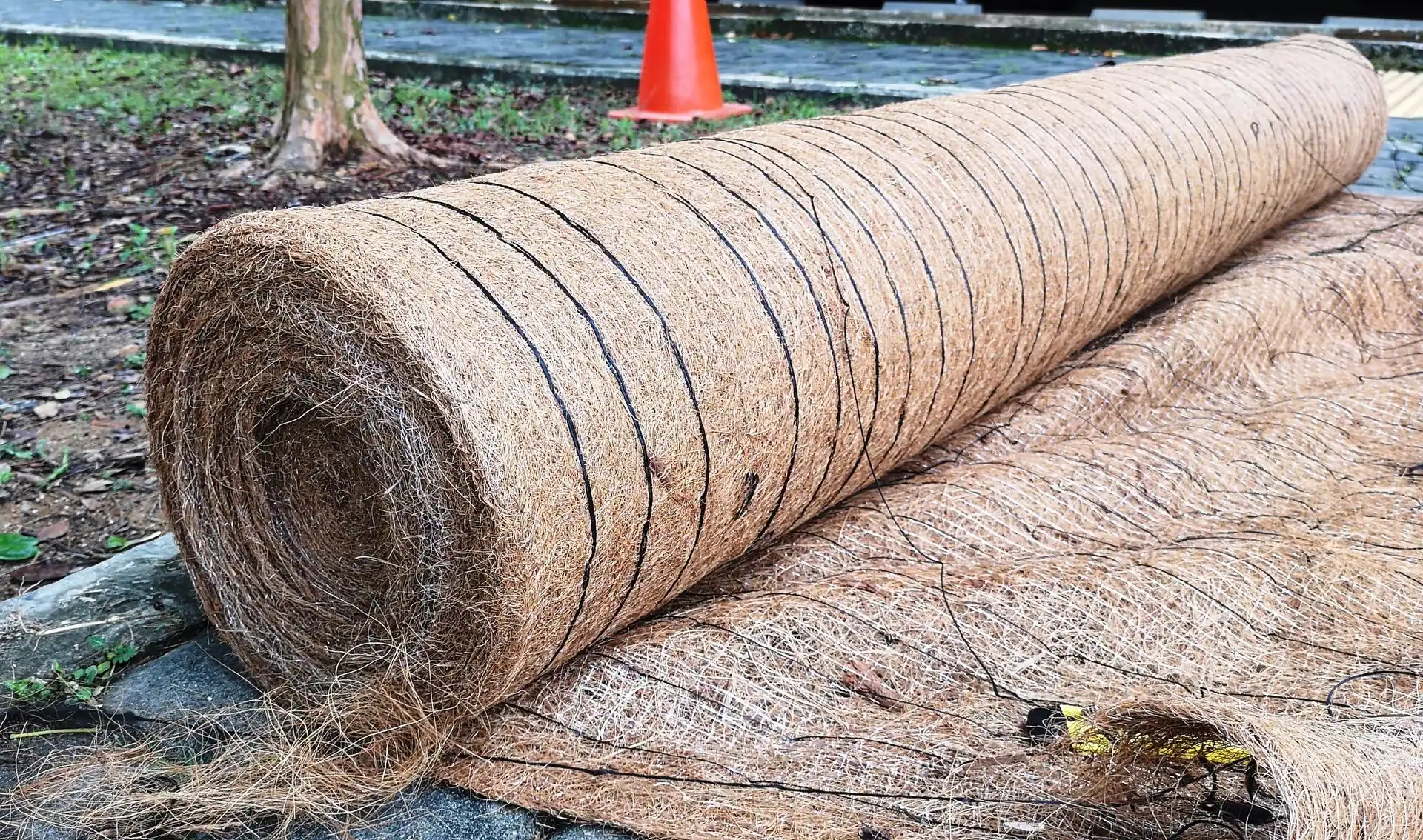
Soil erosion isn’t just an environmental concern—it’s a serious challenge that can delay construction timelines, increase costs, and pose regulatory risks. Whether you’re breaking ground on a residential build or managing large-scale excavation, controlling erosion should be built into your jobsite planning from day one.
Here’s a proactive guide to preventing soil erosion and protecting your site’s integrity throughout the project lifecycle.
🚧 Why Soil Erosion Matters on Jobsites
Soil erosion occurs when wind or water removes topsoil from a disturbed area. On construction sites, this process can:
Compromise structural foundations
Clog storm drains and nearby waterways
Damage surrounding ecosystems
Violate environmental regulations, leading to fines or project shutdowns
That’s why prevention is not optional—it’s essential.
🏗️ Key Strategies to Prevent Soil Erosion
1. Preserve Existing Vegetation
Where possible, leave existing trees, shrubs, and grass untouched. Roots naturally stabilize the soil, especially on sloped areas.
2. Install Silt Fences or Sediment Barriers
These cost-effective barriers slow water runoff and trap sediment on-site. Place them downhill of disturbed areas, and maintain them regularly to prevent breaches.
3. Use Mulch or Erosion Control Blankets
Organic mulch or synthetic blankets shield exposed soil from rain impact and runoff. They’re ideal for temporary stabilization and re-vegetation efforts.
4. Construct Diversion Ditches and Berms
Directing water flow away from vulnerable areas can prevent washouts. Graded swales and compacted earth berms are common solutions on larger projects.
5. Apply Hydroseeding or Ground Cover
Seeding disturbed areas with fast-growing vegetation (hydroseeding) helps roots take hold quickly and stabilize the topsoil.
6. Schedule Smart
Plan excavation and grading during drier months if possible. Limit the time that bare soil is exposed to the elements.

🧰 Long-Term Site Stabilization
Once major earthwork is complete, transition to long-term erosion control. This might include:
Permanent turf or landscaping
Retaining walls or geotextile grids for slopes
Paving or gravel to reduce loose soil areas
The goal is to ensure soil is no longer mobile under normal environmental conditions.
✅ Compliance and Best Practices
Follow local, state, and federal regulations such as the EPA’s Construction General Permit (CGP).
Include erosion and sediment control (ESC) plans in your pre-construction documents.
Train your crew to recognize and respond to erosion risks as part of your regular safety meetings.

🌍 Build With the Future in Mind
Erosion control isn’t just about protecting the present—it’s about ensuring your project remains safe, sustainable, and compliant for years to come. By taking proactive steps today, you can save time, reduce liability, and demonstrate environmental responsibility on every job.
Need help managing erosion on your site?
Contact our excavation experts to design a control plan tailored to your terrain, timeline, and regulatory needs.
